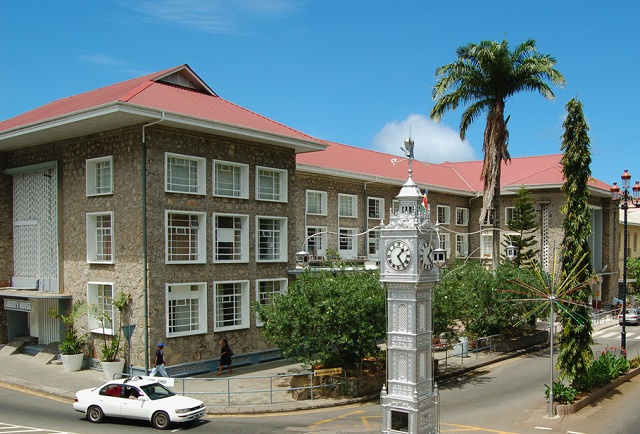Seychelles' fiscal performance in Q1 much better year-on-year
The fiscal performance of Seychelles in the first quarter of 2023 is much better than that of the same period last year, said a top official from the Ministry of Finance on Friday.
The comptroller general for financial planning and control, Astrid Tamatave, revealed in a presentation, that in the first quarter of 2023, the total revenue and grants was SCR2,067,714 ($157,104) compared to SCR1,856,634 ($141,253) in 2022.
"The increase in revenue comes mainly due to the fact that the Seychelles Revenue Commission was able to collect more from taxes than it did in quarter 1 of 2022," explained Tamatave.
Most taxes were collected from business taxes paid during the first quarter of the year since the deadline for the lodging of business tax returns is March 31.
Tamatave also showed that there has been more expenditure this year compared to 2022.
From January to March 2023, the total expenditure and net lending amounted to SCR2,133,260 ($162,556) and in the first quarter of 2022, this figure was SCR1,840,408 ($140,293).
An increase was also registered in terms of wages and salaries for the first quarter of 2023 and the total paid was SCR787,182 ($60,022) compared to SCR684,828 ($52,278) in 2022.
"The wages paid was more because in 2023 because there was the 13th month salary while in 2022, there was no such payment to public service workers," she added.
Tamatave said that ministries need to be more active with their capital projects to ensure that the projected budgets are used.
She pointed out that SCR1,007,761 ($76,848) was budgeted for capital expenditures for the first quarter but only SCR699,829 ($53,367) were used.
During the presentation, the director general for debt management, Dick Labonte, shared that Seychelles debt- to-GDP ratio was now at 64.2 percent, with the current debt at SCR17.8 billion ($1.35 billion) compared to SCR17.5 billion ($1.33 billion) in the first quarter of 2022.
Seychelles is aiming to reduce the country's debt-to-GDP ratio to 50 percent by 2026.






